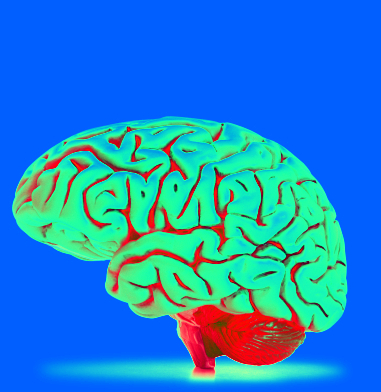Brain-growing genes discovered
 Researchers have found a set of human genes that could explain our giant brains.
Researchers have found a set of human genes that could explain our giant brains.
Mankind’s development larger brains in the last 3 million years played an important role in our ability as a species to think, problem-solve, and develop culture, but the genetic changes behind the expansion that made us human have been elusive.
Researchers have now identified a gene family, NOTCH2NL, that appears to play an important role in human-specific cortex development and may have been a driving force in the evolution of our large brains.
NOTCH2NL genes delay the differentiation of cortical stem cells into neurons, resulting in the production of more neurons across the course of development.
The genes are found exclusively in humans, are heavily expressed in neural stem cells of the human cerebral cortex, and are located on a part of the genome implicated in neurodevelopmental disorders.
“Our brains got three times as big primarily through the expansion of certain functional areas of the cerebral cortex, and that has to be a fundamental substrate for us becoming human. There's really no more exciting scientific question that I can think of than discovering and decoding the mysterious genetic changes that made us who we are,” says researcher David Haussler, a bioinformatician at the University of California.
By comparing genes expressed during brain development in humans and macaque monkeys in stem cell-derived models, researchers found that they could detect NOTCH2NL in human cells but not in those of the macaques.
Looking at the DNA, they also did not see it in orangutans and found only truncated, inactive versions in our closest relatives - gorillas and chimpanzees.
Reconstructing the evolutionary history of NOTCH2NL genes revealed that a process called gene conversion was likely responsible for repairing a non-functional version of NOTCH2NL, which originally emerged as a partial duplication of an essential neurodevelopmental gene known as NOTCH2.
This repair happened only in humans--and they estimate it happened 3-4 million years ago, around the same time that the fossil record suggests human brains began to expand.
After it was repaired, but before we diverged from our common ancestor with Neanderthals, NOTCH2NL was duplicated two more times.








 Print
Print